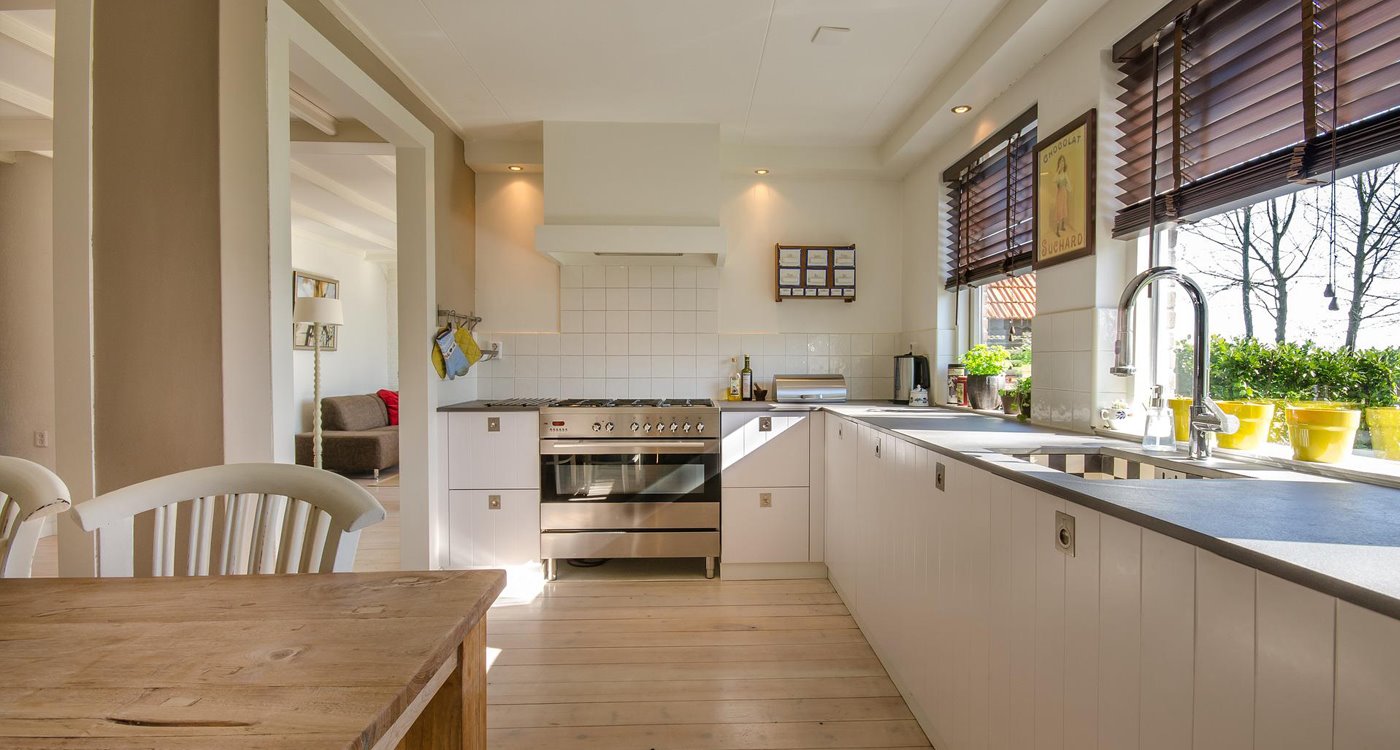The kitchen is one of the most critical areas in the home to maintain cleanliness and hygiene. The kitchen is where we prepare food, meaning there is a greater risk of contamination and foodborne illness. To prevent infections, we must be vigilant and consistent in following good kitchen and personal hygiene practices.
No matter how clean your kitchen is, you should always adhere to some basic kitchen hygiene practices when preparing food. This blog post will discuss basic kitchen hygiene rules and some best procedures for keeping your kitchen clean and safe.
WHY IS IT IMPORTANT TO MAINTAIN GOOD KITCHEN HYGIENE?
Hygiene rules in the kitchen are important for two main reasons. It is to prevent food contamination and stop harmful bacteria growth. Food contamination can occur when raw foods (like meat or eggs) come into contact with ready-to-eat foods (like fruits or vegetables) – for example, using the same cutting board for different types of food. Cross-contamination can also occur if you use the same utensils (e.g., knives or spatulas) for cooked and raw foods.
Food poisoning occurs when you don’t observe food safety and eat contaminated food. Symptoms of food poisoning include nausea, vomiting, diarrhoea, and stomach cramps. In severe cases, food poisoning can lead to hospitalisation or even death.
Harmful bacteria can grow on cooked and raw foods that are not properly refrigerated. Bacteria thrive in warm, moist environments, so it’s important to keep your kitchen clean and cool (below 4.5 degrees Celsius). Some common bacteria in foods include salmonella, E. coli, and listeria. These bacteria can cause food poisoning, so it’s prudent to handle food safely and cook it properly.
WHAT ARE THE BASIC PRINCIPLES OF KITCHEN HYGIENE?
There are four basic principles of kitchen hygiene: cleanliness, separation, cooking, and cooling.
- Cleanliness: This is the most crucial principle of kitchen hygiene. You should wash your hands thoroughly with soap and water before handling food, after using the restroom, and after coming into contact with anything that could be contaminated. This is especially important if you take raw meat, garbage or faecal matter. You should also wash cutting boards, utensils, and dishes after each use and consider sanitising them with boiling water or a weak bleach solution (one tablespoon of bleach per gallon of water). It’s equally important to clean countertops and other surfaces that come into contact with food. Use a disinfectant wipe or spray to clean these surfaces daily.
- Separation: Raw foods should be kept separate from cooked foods to prevent cross-contamination. Raw meats should be stored on the bottom shelf of the refrigerator to prevent juices from dripping onto other foods. Cutting boards and utensils should also be used for either raw or cooked foods. Use separate cutting boards, knives, and plates for raw and cooked foods.
- Cooking: When cooking food, ensure that it is done at the proper temperature to kill any harmful bacteria that may be present. Use a food thermometer to check the internal temperature of meat, poultry, and fish before eating.
- Cooling: Cooked food should be cooled quickly to prevent bacteria growth. Bacteria can double in as little as 20 minutes at room temperature, so it’s important to refrigerate leftovers within two hours of cooking. Frozen food should be thawed in the refrigerator, not on the countertop.
WHAT ARE SOME GENERAL TIPS FOR MAINTAINING GOOD KITCHEN HYGIENE?
In addition to following the four basic principles of kitchen hygiene, there are some general tips you can follow to keep your kitchen clean and safe.
- Wash your hands often, and use a hand sanitiser Singapore, as stores are known for selling all types of quality soap.
- Keep food storage areas (e.g., refrigerators and pantries) clean and organised.
- Throw away any food past its expiration date or that looks spoiled.
- Serve food immediately after cooking.
- Disinfectant wipes or sprays should be used to clean surfaces that come into contact with food.
HOW CAN YOU KEEP THE ENVIRONMENT IN YOUR KITCHEN CLEAN AND SAFE?
The first step is to develop a cleaning schedule and stick to it. Wiping down surfaces, mopping floors, and washing dishes should become part of your daily routine. You should also deep clean your kitchen once a week by scrubbing all surfaces, sanitising the sink, and disinfecting countertops and appliances.
Another important part of maintaining a clean kitchen is storing food properly. Keep perishable items in the fridge or freezer, and always throw away expired food. Additionally, make sure you are using fresh ingredients when cooking meals. This will help reduce the risk of cross-contamination and foodborne illness.
Next, you can practise good environmental hygiene in the kitchen by ensuring proper ventilation. This means opening windows or using exhaust fans when cooking. This will help to remove any fumes or smells from the kitchen. You can also use air filters to clean the air in your kitchen. Air filters work to remove particles from the air, including bacteria and viruses.
One of the most important things is to empty the garbage regularly and clean the garbage can with soap and water. This will help to prevent the build-up of mould and bacteria. Be sure to line the can with a new bag each time. Once a week, you should also disinfect the inside of the garbage can with a bleach solution.
CLOSING THOUGHTS
There are many ways to maintain kitchen hygiene, but the most important thing is to be vigilant and consistently clean. Following these simple tips can help keep your kitchen clean and safe for everyone who uses it.




